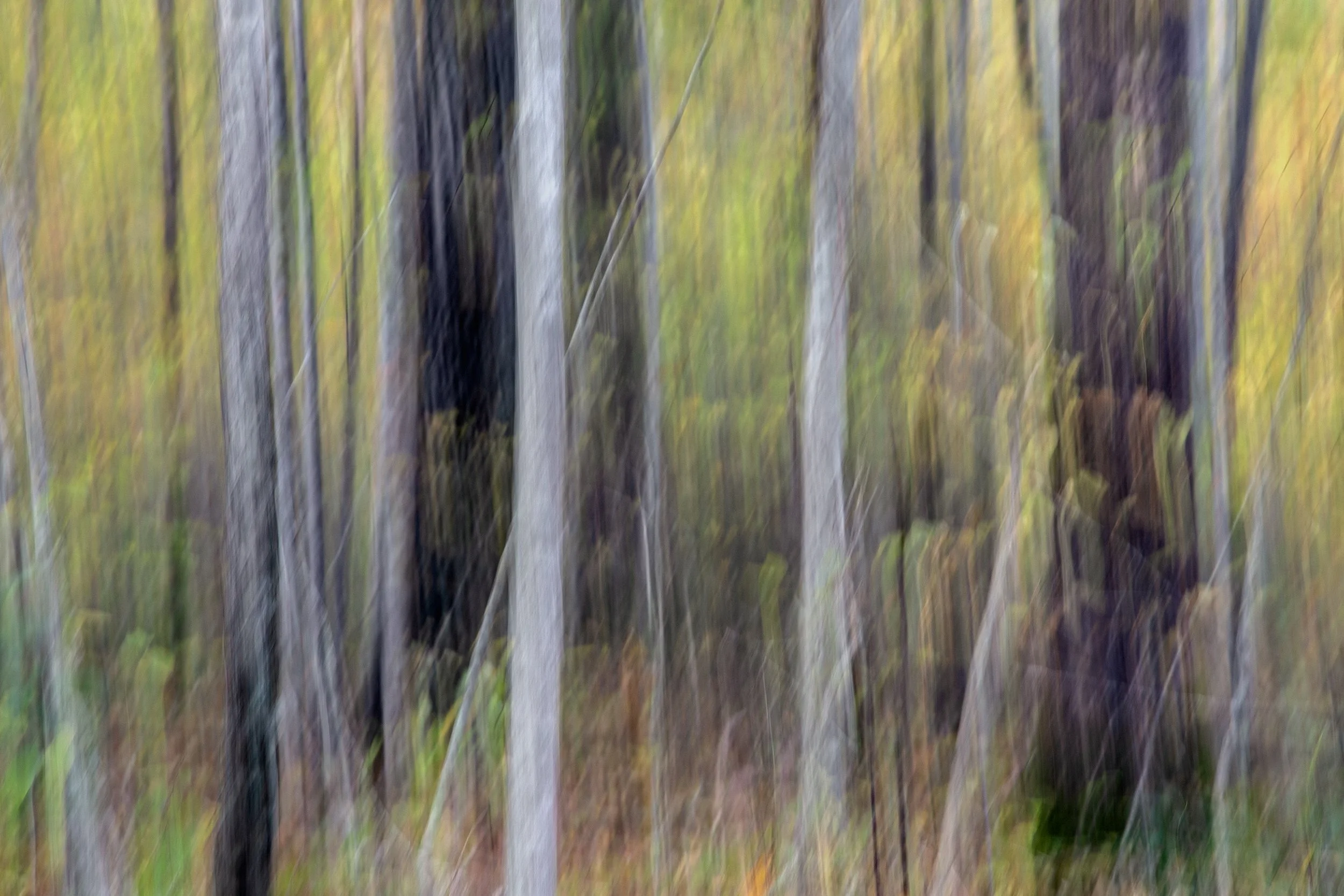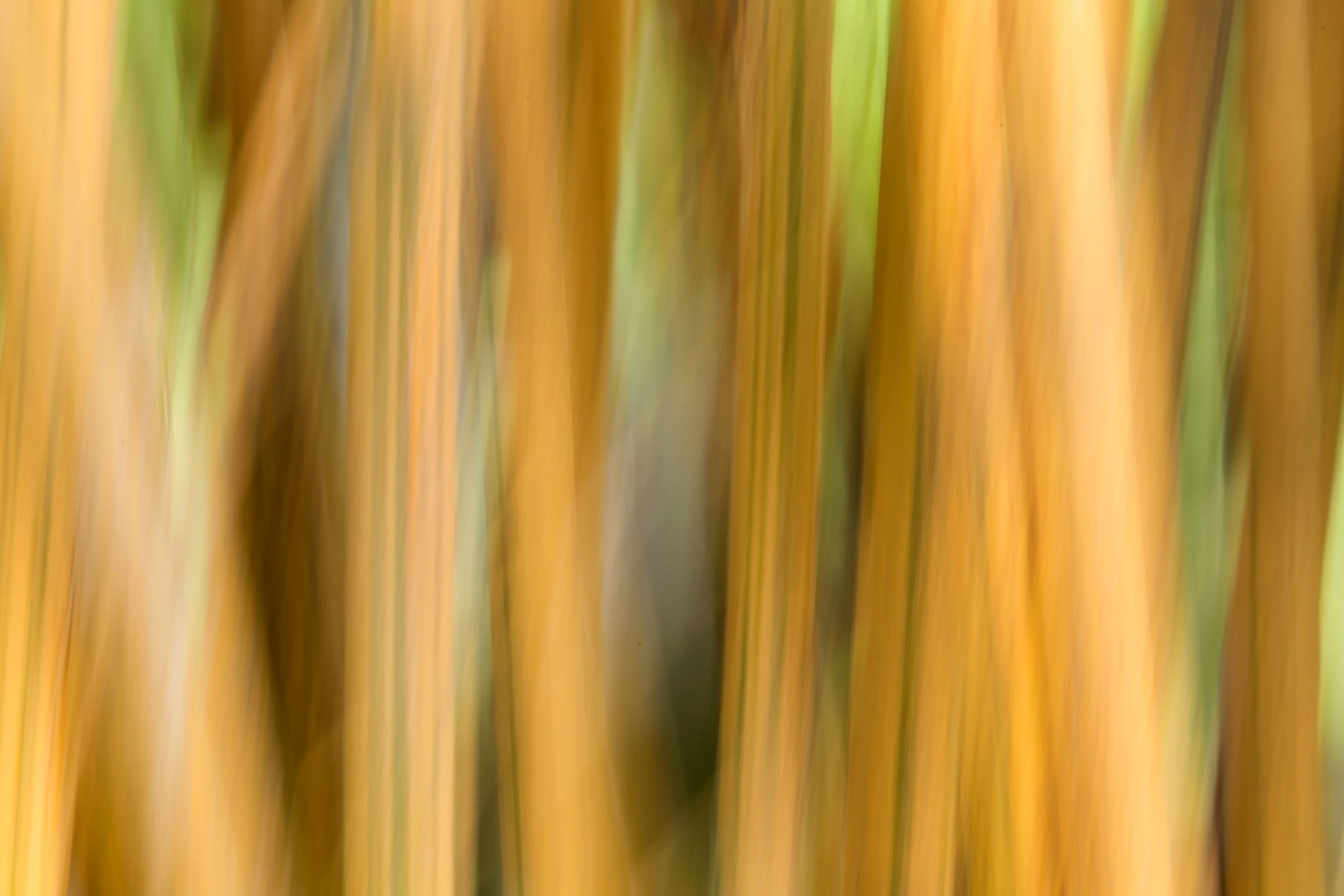Fluid Trees - “intentional camera movement”
Some days I like to use a photographic technique referred to as “intentional camera movement”. The camera is carefully moved during a slow shutter speed exposure for an artistic effect.
The effect varies depending on the focal length of the lens, the shutter speed, the aperture selected and the direction the camera is moved. Experimentation is required in this process.
Intentional-Camera-Movement photography offers a fresh perspective on capturing images. It allows you to break free from the constraints of traditional photography and experiment with movement and blur to create visually striking photos. Whether you're shooting landscapes or still life, in-camera motion photography can add a touch of drama and emotion to your images.
Bamboo stalks at the Florida Botanical Gardens.
Trees in a North Carolina woodlands
Sea bird in flight - Anna Maria Island, Florida
Tips for Capturing Stunning Intentional-Camera-Movement Photos
1. Choose the Right Subject
Not all subjects are suitable for in-camera motion photography. Look for subjects with interesting textures, patterns, or colors that will be enhanced by the blur and movement in the photo.
2. Experiment with Shutter Speeds
The key to successful in-camera motion photography is finding the right balance between movement and sharpness. Experiment with different shutter speeds to see what works best for your desired effect. A slower shutter speed will create more blur and movement, while a faster shutter speed will capture more detail. I usually find that exposures of 1/15 to 1/2 second achieve the best results for me when using a lens focal length in the range of 100mm. The overall shape of the subject is present but the surface detail is removed. The result depends significantly on the direction of the camera movement and the speed of the movement in relation to the subject.
3. Use Manual Focus
To ensure that your subject remains the focal point of the image, use manual focus instead of autofocus. This will give you more control over the composition and ensure that the moving elements in your photo are captured effectively.





